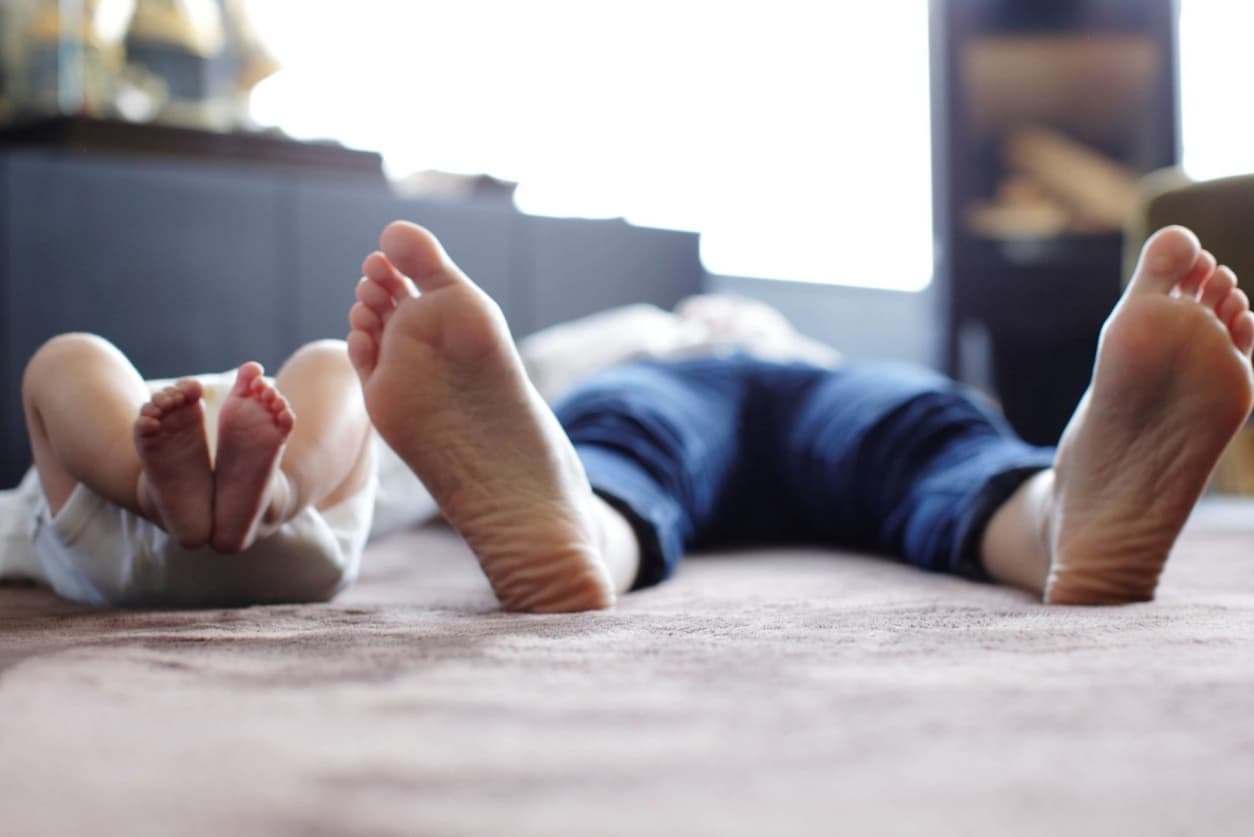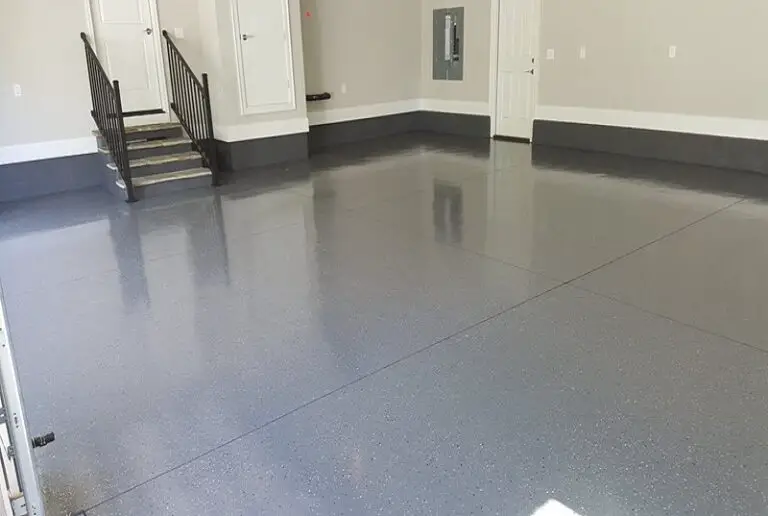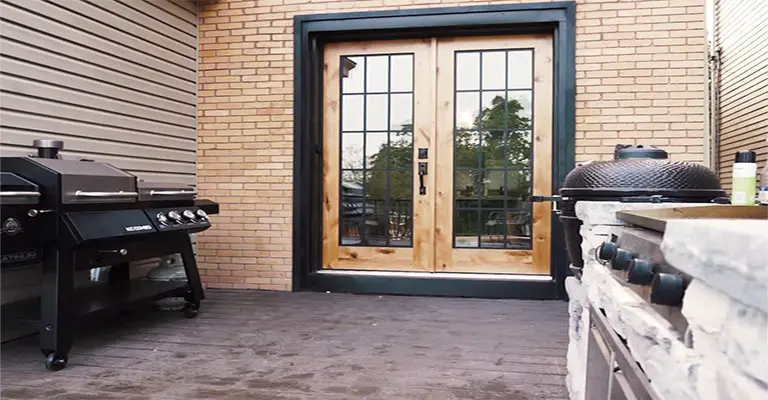How to Get Started with Your DIY Carpet Removal

Carpeting can be a great addition to any home, providing a soft surface underfoot, insulation against cold floors, and a splash of color or pattern to liven up a room. However, there comes a time when every carpet reaches the end of its life, whether due to wear and tear, stains, or just a desire for a change in home decor.
When that time comes, the process of carpet removal can seem daunting. But with the right tools, knowledge, and a little elbow grease, you can make the task easier. Here’s a step-by-step guide to help you navigate the process.
Your Step-by-Step Guide
1. Prepare Your Work Area
Before you start, remove all furniture from the room. It’s also a good idea to wear protective gloves and a dust mask, as old carpets can house a lot of dust and allergens. Ensure the room is well-ventilated to minimize dust inhalation.
2. Start at a Corner
Begin the removal process at a corner of the room. Use pliers to grip the carpet and pull it up gently. Once you have a good grip, start peeling the carpet away from the tack strip that holds it down.
3. Roll as You Go
As you pull up the carpet, it’s helpful to roll it into manageable sections. This makes disposal easier and less cumbersome. If your carpet is large, consider cutting it into strips using a utility knife. This will make it easier to roll and transport.
4. Tackle the Underpadding
Underneath most carpets is a layer of padding, which is usually stapled or glued down. Once the carpet is up, start at a corner and begin pulling up the padding. If it’s stapled down, you may need a floor scraper or flat-bladed tool to help pry it up. If glued, it might require a bit more effort and potentially some adhesive remover.
5. Remove the Tack Strips
After the carpet and padding are up, you’ll need to remove the tack strips if you’re not planning to replace the carpet. Using a pry bar or chisel, gently lift the strips away from the floor. Be cautious, as these strips have sharp nails.
6. Clean the Subfloor
With everything removed, you’ll likely be left with a subfloor that has some residue, whether it’s adhesive, staples, or bits of padding. Sweep the floor thoroughly. For adhesive residue, consider using an adhesive remover or floor scraper. If there are staples left behind, these can be removed using pliers.
7. Disposal of Materials
Depending on your local regulations, you may need to take the old carpet and padding to a special disposal site or recycling center. Some carpet manufacturers and retailers offer recycling programs, so it’s worth checking with them.
8. Consider the Environment
Before discarding your old carpet, consider recycling options. Many carpets are made from materials that can be recycled into new carpet or other products, reducing the environmental impact of your renovation.
Benefits of Carpet Removal
When you decide to part ways with an old carpet, it’s not just about aesthetics or giving your room a makeover. There are multiple benefits to this process, some of which you might not have considered:
1. Improved Air Quality
Over the years, carpets become a repository for dust mites, pet dander, pollen, and other allergens. Removing an old carpet can significantly improve the indoor air quality of your home. If someone in the household has respiratory issues or allergies, they might find relief once the old carpet is out.
2. Discover Hidden Issues
Sometimes, underlying issues like mold, water damage, or pest infestations can be lurking beneath carpets. Removing the carpet provides an opportunity to inspect the subfloor, address any concerns, and ensure the overall health of your living space.
3. Increase Property Value
If you’re looking to sell your home, removing worn-out carpets can enhance its appeal. Buyers often appreciate a home that’s ready for their touch. By presenting a clean slate, potential buyers can easily visualize how they’d customize the space.
4. Flexibility in Flooring Options
Once the old carpet is gone, it opens the door (or floor, in this case!) to a world of flooring options. From hardwood and laminate to tiles or even a newer, more modern carpet, homeowners can choose a flooring that fits their lifestyle and aesthetic preferences.
5. Easy Maintenance
Some flooring alternatives to carpet, like hardwood or tile, are often easier to clean and maintain. Spills can be wiped up with ease, and there’s no need for regular deep carpet cleaning.
6. Energy Efficiency
For those switching to options like hardwood, the floor can act as a better conductor of heat, potentially leading to energy savings during colder months when combined with proper insulation.
Tools and Tips for Easier Carpet Removal
If you’re on the fence about whether to hire professionals or embark on a DIY journey, here are some tools and tips that can ease the carpet removal process:
Knee Pads
These are lifesavers. Since you’ll be spending a lot of time on your knees, protect them with comfortable pads.
Sharp Utility Knife
Ensure it has a comfortable grip and is sharp enough to cut through the carpet and padding.
Safety First
Always remember to wear safety goggles and a dust mask. As mentioned before, old carpets can release a lot of dust and debris.
Stay Organized
As you cut the carpet into strips, roll them up and secure with duct tape for easy handling and disposal.
Final Thoughts
In the journey of home renovation, understanding the intricacies of the carpet pad, the various carpet fibers, and even the nuances of carpet padding can significantly influence your choices. As you gear up for replacing carpet, the inevitable considerations of carpet removal cost and carpet disposal cost become paramount.
It’s worth noting that while some homeowners are inclined towards DIY methods to remove carpet, especially when considering the potential to install laminate flooring or desiring to remove glued down carpet, others might find value in professional carpet removal services. Engaging a reliable carpet removal service ensures that all the furniture is aptly managed, and every detail, from removing carpet to preparing for carpet installation or new flooring, is meticulously addressed.
As the adage goes, sometimes investing a bit more upfront, be it in carpet replacement or expert services, can save significant time and unforeseen expenses down the line.






